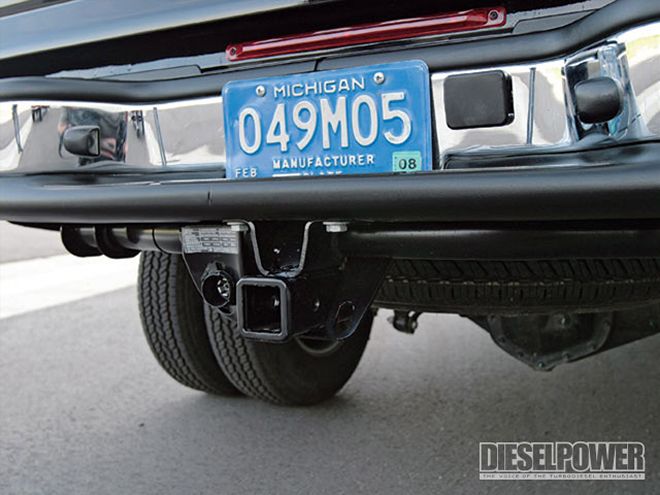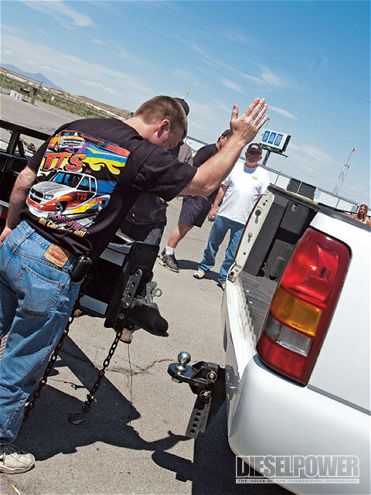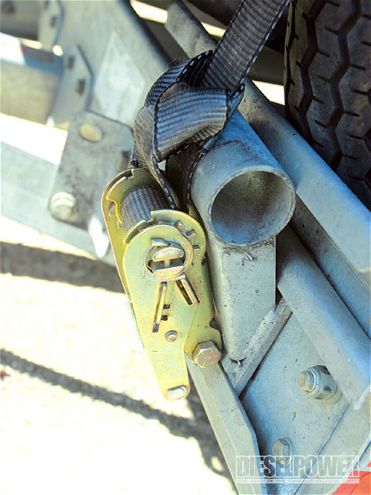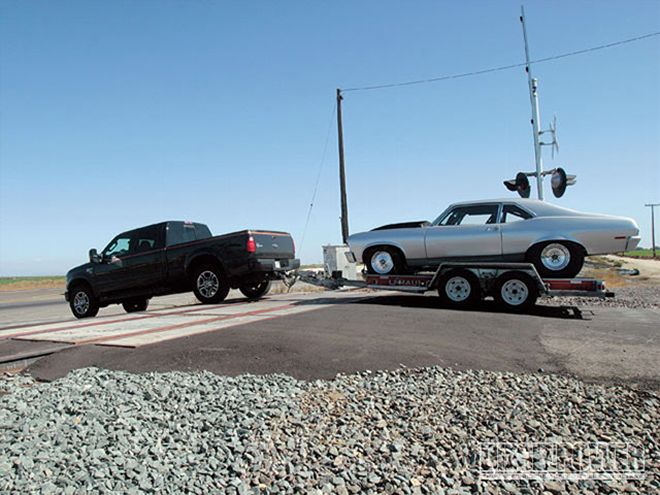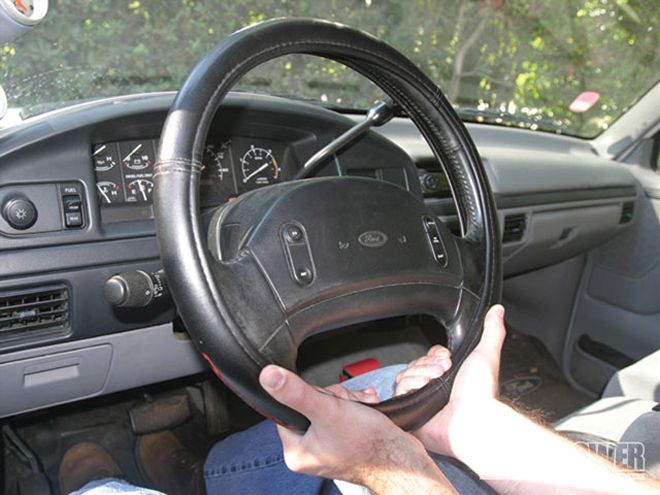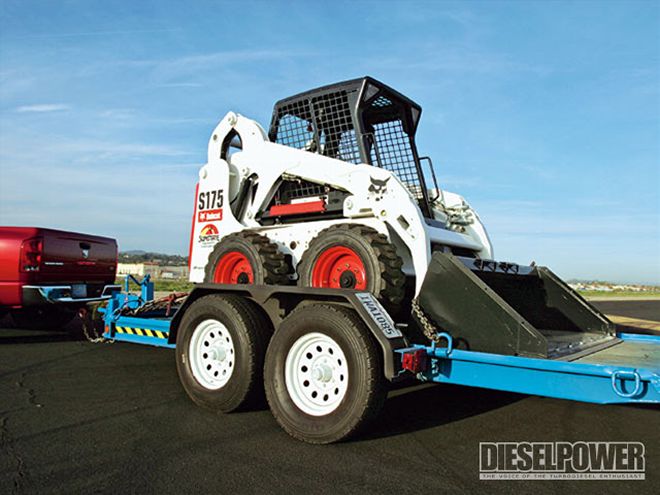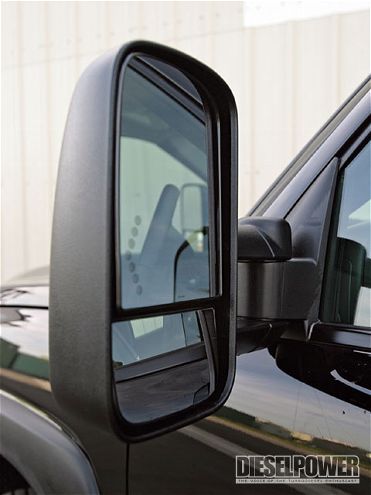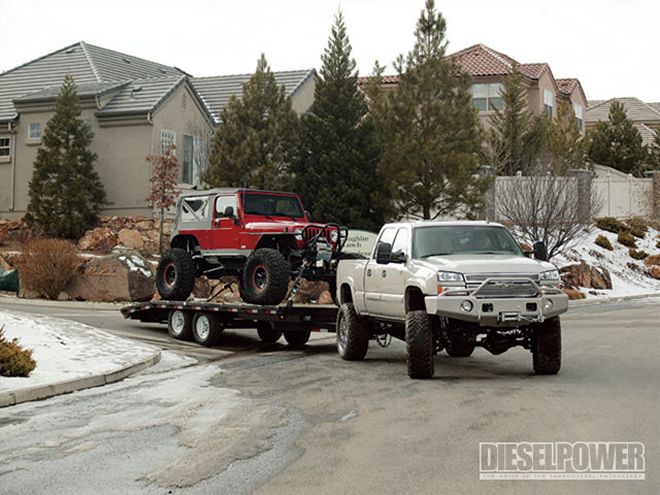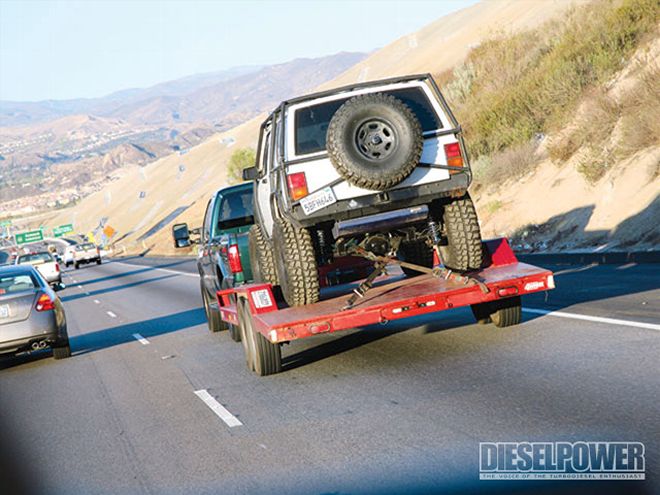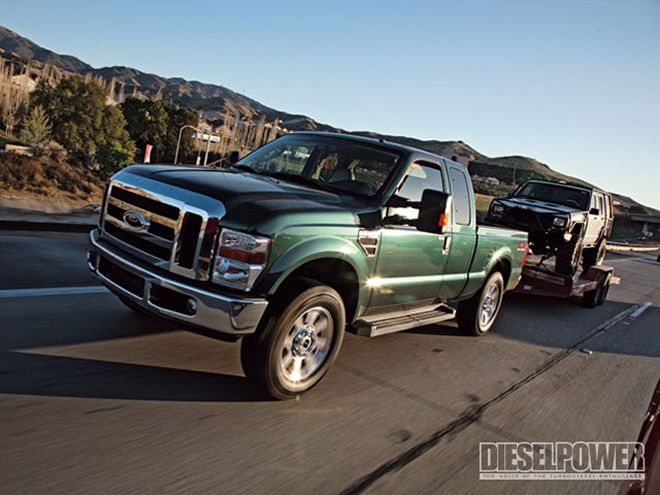
| diesel Towing Trucks ford Super Duty
Diesel trucks are made for towing. Whether they actually pull a trailer or not, one of the great things about diesels is their ability to haul large amounts of weight. Straight from the factory, most 3/4- and 1-ton diesels are rated to tow at least 7,500 pounds, which means a car loaded onto a trailer will fall easily within its means. While not everyone will tow with their diesel, everyone should know how to pull a trailer if the need arises. For this article, we're going to go over the basics of bumper towing, so you'll be prepared if a car breaks down, or your buddies need a truck to tow their fishing boat.
Checking EquipmentWhen you're first looking to tow, make sure your vehicle is compatible with the trailer you are going to haul. Know whether your trailer requires a 2-inch or 2 5/16-inch ball, what type of brakes it has (surge or electric), and know what type of wiring (4-pin or 7-pin) you need so that all your lights and signals will work correctly. Once you've verified that all these parts match up, and are rated for the weight you're towing, it's time to hook up.
Hooking up to a trailerHooking up to the trailer is probably the most important step in the whole process. First, take a look at the trailer that you'll be towing, and make sure it is in good shape. If it doesn't have lights or brakes, or has bad welds, it should never be towed until it can be fixed. If it checks out OK, then slowly back up so your hitch ends up right under the trailer receiver. Set the trailer down on top of the hitch, then secure the trailer to the ball. Double check that the trailer is secure, and that you are using the right size ball. Once you're hooked up, attach the wiring pigtail to your vehicle, and attach the safety chains from the trailer to the rear of your truck. Never tow without the safety chains in place, because if the trailer somehow comes loose, they will be the only piece of equipment between you and disaster.
Loading a trailerHow you load your trailer will depend on what type of vehicle you are transporting. But there are some things that are universal whether you are towing a row boat, or a 3-ton SUV. One of these universal factors is called tongue weight. Tongue weight is the measure of the vertical downward force that will be pressing on the trailer hitch, and consequently, the rear of the truck. For a load to be properly secured, approximately 10-15% of the total weight being towed should be pressing on the hitch. The remaining 85-90% of the weight will be over the wheels of the trailer. If there is too much tongue weight, the vehicle will sit very low in back, and the weight of the trailer will make the tow vehicle difficult to control. Too little tongue weight and you'll get trailer sway, where the trailer whips around like it is in a high wind, even if you are going perfectly straight. When loading, make sure your trailer has ramps that are load rated to the weight of the vehicle being trailered. When loading a trailer, make sure the truck is in Park, or engage the emergency brake so the truck does not roll forward when something is being loaded.
Securing the loadOnce your trailer is loaded, it is then time to properly secure the vehicle. For this purpose, either chains or straps can be used, although most people seem to prefer nylon straps. When tightening down your vehicle, put it in Neutral. Once the vehicle is secured, put it in gear or in Park with the parking brake on, so that if a strap comes loose, your vehicle is less likely to roll. Most trailers are also equipped with safety chains that you can loop over the axles, frame, or suspension of the vehicle, and are extra insurance in case of a broken, or improperly tightened strap.
Driving while TowingWhen it comes to driving with a trailer behind you, your sideview mirrors will become your best friends. It's impossible to see how your trailer is reacting to turns or to back up without using them, so get used to the idea. Also keep in mind that your total vehicle length might be 35 feet or more with a trailer in tow, so use care when you change lanes or take corners. Taking left and righthand turns wide will also help you from clipping curbs or fire hydrants on the inside. When accelerating or braking, remember that you are carrying extra weight, so 0-to-60 and 60-to-0 times might be twice what they would be normally. If you err on the side of caution and drive a reasonable speed, with a reasonable amount of weight, then driving with a trailer in tow really won't feel that much different than driving normally.
 | diesel Towing Trucks ford Super Duty
Diesel trucks are made for towing. Whether they actually pull a trailer or not, one of the great things about diesels is their ability to haul large amounts of weight. Straight from the factory, most 3/4- and 1-ton diesels are rated to tow at least 7,500 pounds, which means a car loaded onto a trailer will fall easily within its means. While not everyone will tow with their diesel, everyone should know how to pull a trailer if the need arises. For this article, we're going to go over the basics of bumper towing, so you'll be prepared if a car breaks down, or your buddies need a truck to tow their fishing boat.
Checking Equipment
| diesel Towing Trucks ford Super Duty
Diesel trucks are made for towing. Whether they actually pull a trailer or not, one of the great things about diesels is their ability to haul large amounts of weight. Straight from the factory, most 3/4- and 1-ton diesels are rated to tow at least 7,500 pounds, which means a car loaded onto a trailer will fall easily within its means. While not everyone will tow with their diesel, everyone should know how to pull a trailer if the need arises. For this article, we're going to go over the basics of bumper towing, so you'll be prepared if a car breaks down, or your buddies need a truck to tow their fishing boat.
Checking Equipment